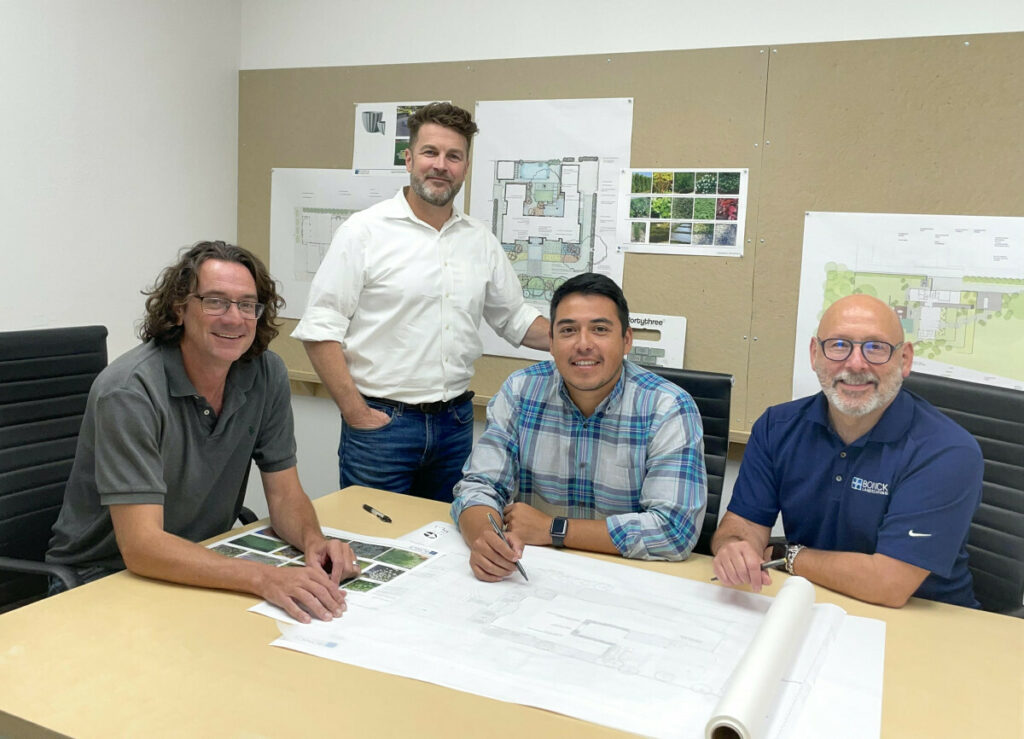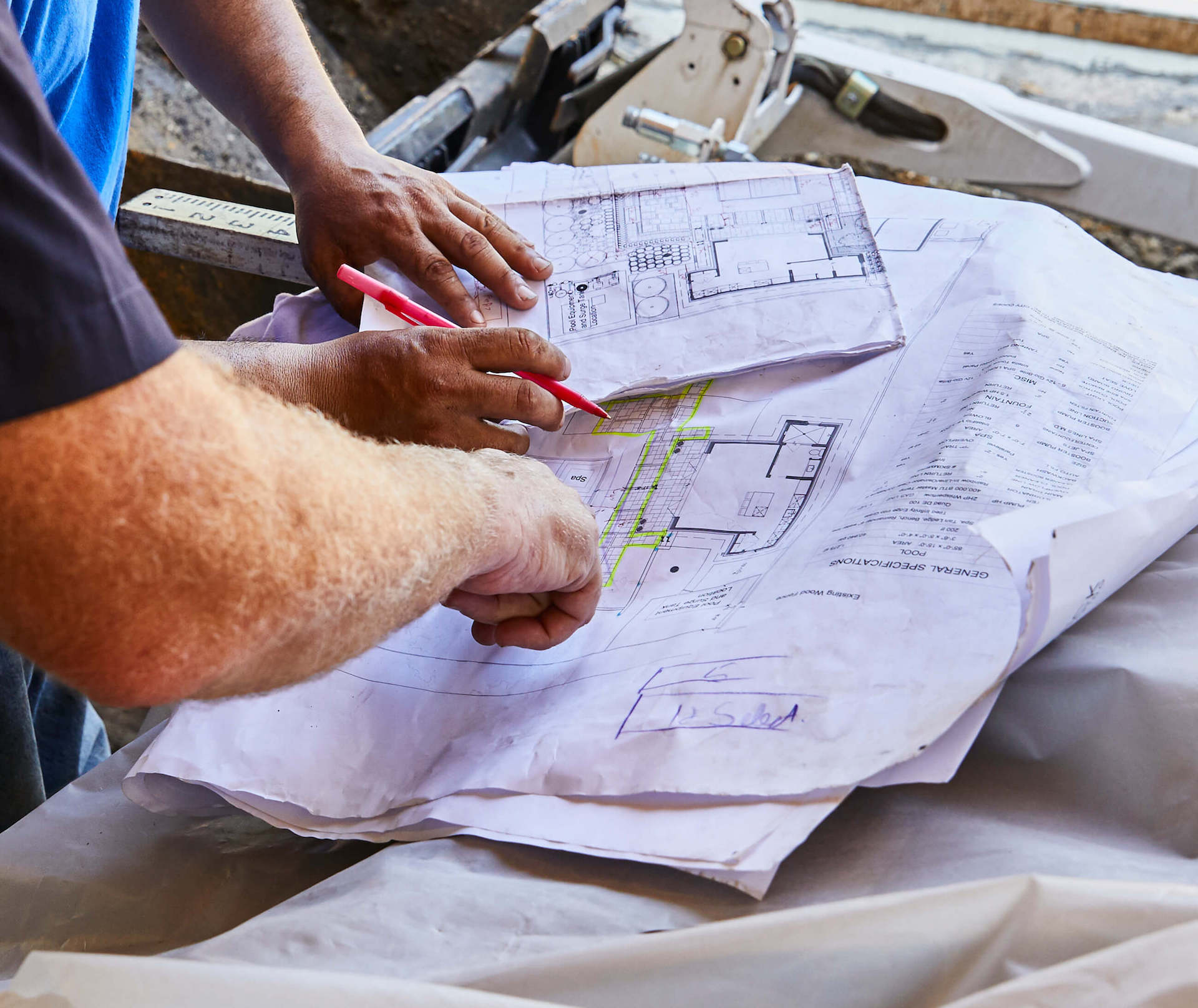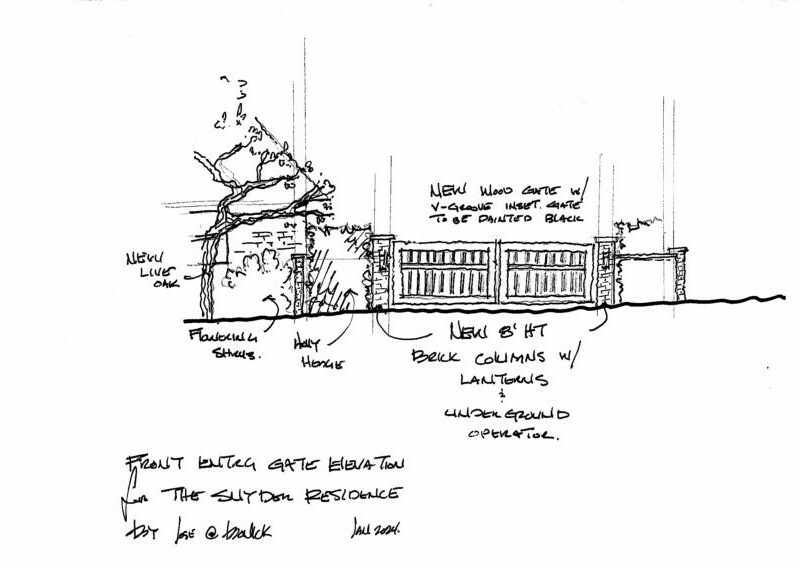
Function & Flow: The Importance of Landscape Concept Plans
Our Landscape Designers Discuss the Intricacies and Benefits of the Conceptual Design Process
The value of a quality landscape design extends far beyond the final pool, garden, or outdoor living space—it starts with the intrinsic skill of planning a design and forecasting how it will evolve over the years. Much more goes into this precursory process than meets the eye. But before we even begin to deliberate over the details, we evaluate whether we’re a good fit with the client and vice versa. This can include numerous discussions, landscape concept plans, material decisions, and budget revisions. From the initial interview to the master landscape plan, and everything in between, go behind the curtain as our landscape designers divulge the secrets of their crucial conceptual design process.
“The importance of a strong conceptual design is that it creates the backbone of the entire project and determines the overall success of the project. It also provides a method of communicating our design intent to the client. We always hope to develop a strong and thoughtful concept that will inspire and delight our client.” – Landscape Architect, Tom Nugent
The Client Interview
The conceptualization process begins with our landscape architects and designers asking questions to determine what is most important to the client and how they will use their space. Client interviews not only help us hone in on the details, but they also help our clients ascertain whether our styles, budgets, and priorities align. This involves listening and learning about their essential “must haves” as well as their wish list of “like to haves”. What WOW factors can we add to their list that they may not have considered? We also discover their current purpose for the space as well as consider their future goals. For example, they may want a playscape now for their 5-year-old, but how will that space be utilized once their child has outgrown it? This initial discussion helps to inform the design program, which includes a list of elements to include within the project. It also lends itself to creating several different landscape concept plans based on these personal details and budgetary considerations.
Now, we understand that we’re not everyone’s cup of tea and that’s okay. We’re not looking for a casual connection and we’re not afraid to put our prerequisites out there. At Bonick, we believe in building long-term relationships with our clients. While a prospect may be lured by our prolific portfolio, our ideal match is someone who desires to invest in the longevity of their landscape. We don’t just deliver a project and part ways—we set our clients up for success by creating a concept with impeccable craftsmanship, materials, and thoughtful attention to detail. Then, when it’s finished, we put effort into maintaining everything we build.
Developing the Budget
To help refine our consummate matches, we develop a preliminary budget before we delve too deep into the creative process,. Once we’ve narrowed down the project scope following our client interview, we are usually able to create a proposal with a 20-30% budget range. Various factors play into determining the final budget, which is determined at bit later in the conceptual design process.
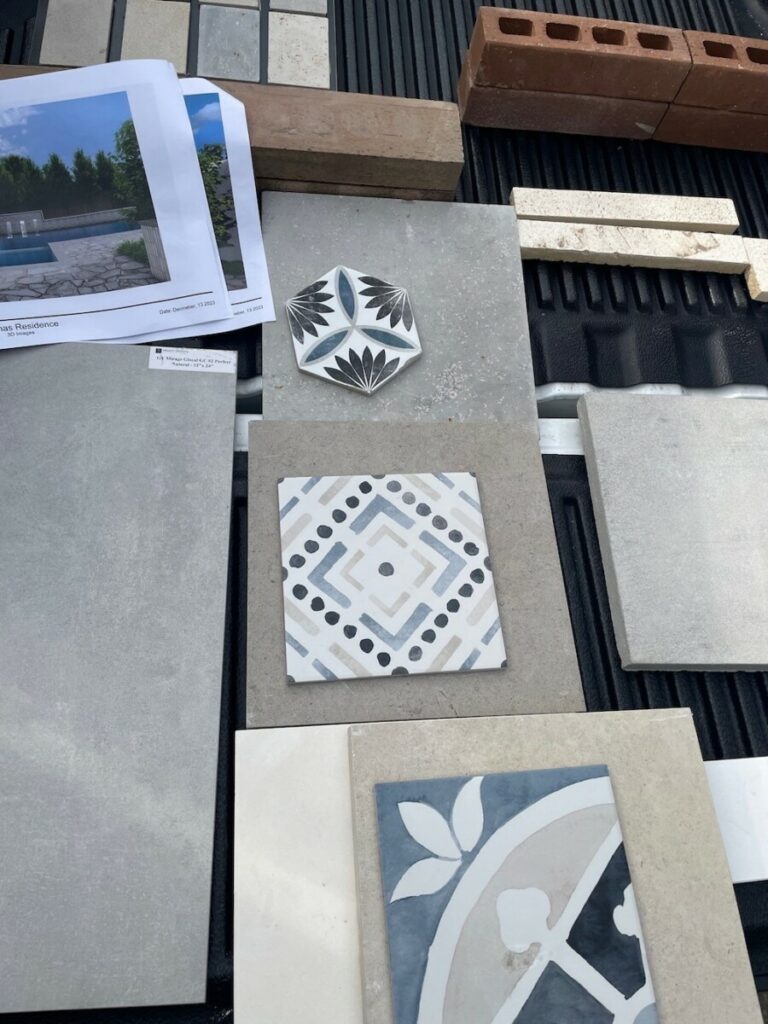
Materials Palette
While we pride ourselves on selecting materials of the utmost quality for our projects, sometimes this is one area where we can offer suitable alternatives to reduce the budget, if necessary. Once the materials palette is agreed upon, this helps to guide the project budget.
Site Analysis
After conducting studies of land, soil conditions, sewer, power, building lines, and any existing trees or structures we might need to work around, we’re not only able to evaluate how to best leverage the site, but we also have a more accurate understanding of its challenges. This aids us in determining whether any additional expenses or workarounds are required for engineering, elevation adjustments, city set backs, and more.
We discuss these findings with the client and determine if we can proceed or if we need to reevaluate to configure an approach to stay within budget. Sometimes this may involve an adjustment to the scope of work or eliminating some lower priority elements. Once these decisions are made, we’re able to tighten up the budget to estimate the final cost within 10-15%. Other times, we may decide to part ways and abandon the project altogether.
Return on Investment (ROI)
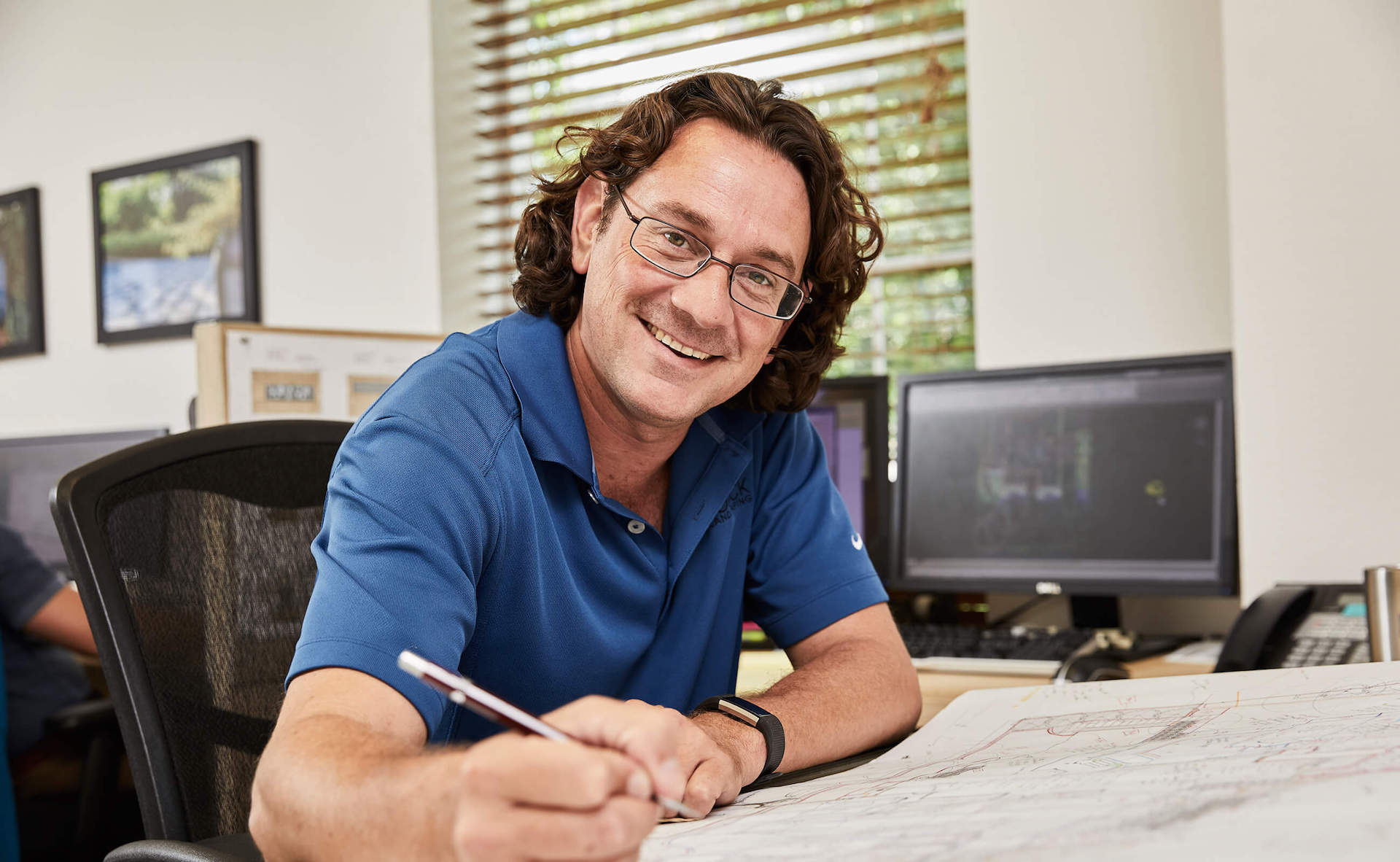
The Conceptual Design Process
The Benefits of Utilizing Landscape Concept Plans
As Landscape Designer, Todd Piasczyk points out, “Landscape concept plans permits us to provide the client several different landscape layouts quickly without being too precise. This allows the ideas to flow and brings up questions or concerns that the client may not have previously considered. Concepts are a great tool to speed up the process so all parties have an early understanding of the budget and priorities.”
Todd tends to tailor one design towards what the client thinks they want, but might also create another concept or two that challenges their initial idea. This could be due to a better layout for patio space, sight lines or focal points from the house that the client hadn’t considered, 0r how will they use their space when life changes five years down the road, or even to provide alternate budgetary options.
Landscape concept plans provide a visual element that helps our designers and clients work together to perfect the vision. This personalizes the experience for our client, allowing them to be part of the creative process. It builds trust and helps them to understand all of the aspects involved in the project’s cost. It also assists us in explaining what works and doesn’t work and leaves room for revisions.
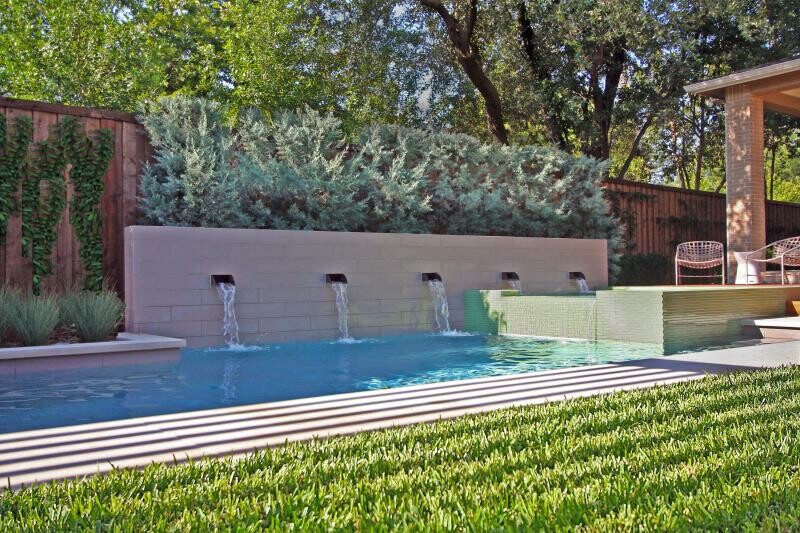
Leveraging Landscape Concepts
 The landscape concept plan is also where we’re able to leverage the site analysis to determine how to efficiently and effectively organize all of the components. We can see where to maximize majestic views and screen undesirable ones or determine areas best suited for intimate outdoor gatherings. We can utilize this mockup to focus on functional applications such as how to utilize the shade from existing trees, or how the client can best enjoy the space.
The landscape concept plan is also where we’re able to leverage the site analysis to determine how to efficiently and effectively organize all of the components. We can see where to maximize majestic views and screen undesirable ones or determine areas best suited for intimate outdoor gatherings. We can utilize this mockup to focus on functional applications such as how to utilize the shade from existing trees, or how the client can best enjoy the space.
Landscape Architect, Tom Nugent provides some excellent examples, “Locating a firepit in a sunken courtyard to enhance a feeling of privacy and intimacy, aligning a pool to take advantage of architectural axis and views to create a “work of art” from inside the house.
“During this concept stage, we also, study appropriate design styles during the concept stage—for example curvilinear layout with naturalized plantings vs an orthogonal layout with more formal plantings.”
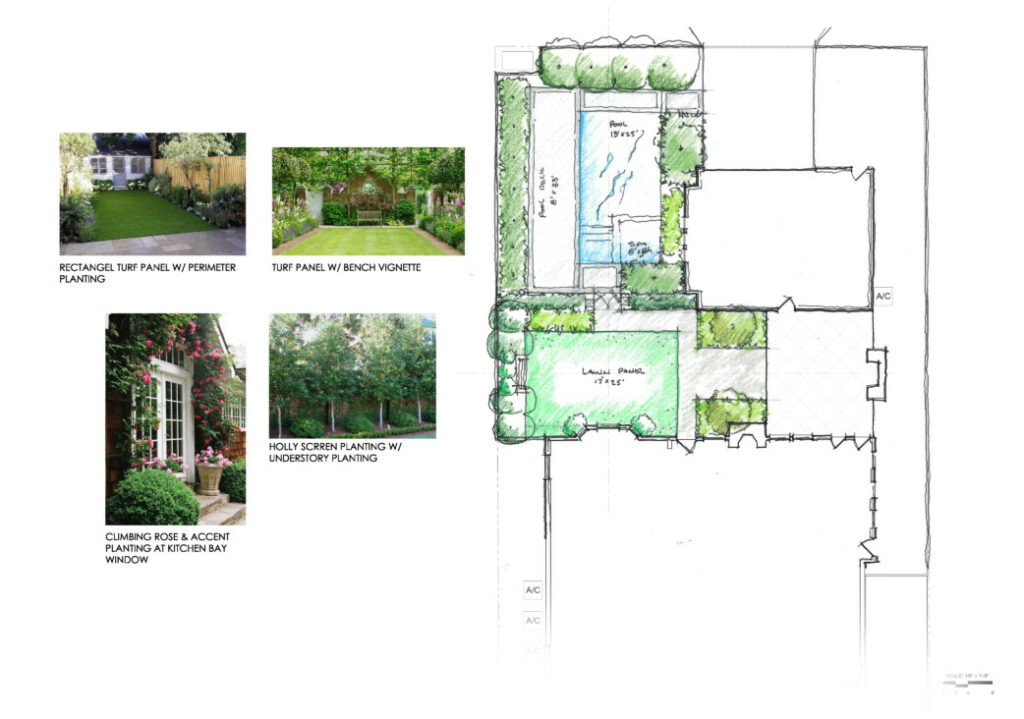
Creating Landscape Concept Plans
Just like every unique brain on our talented team, the creative process can look different for each of our designers.
Visualization
 “For me I visualize a lot in my head. I sometimes do some rough sketches (I don’t keep them), and then I usually start “sketching” in AutoCad. If I have a specific idea for the overall theme or a detail of something I will often Google to see other examples for inspiration.” – Landscape Designer, Michael Pappas
“For me I visualize a lot in my head. I sometimes do some rough sketches (I don’t keep them), and then I usually start “sketching” in AutoCad. If I have a specific idea for the overall theme or a detail of something I will often Google to see other examples for inspiration.” – Landscape Designer, Michael Pappas
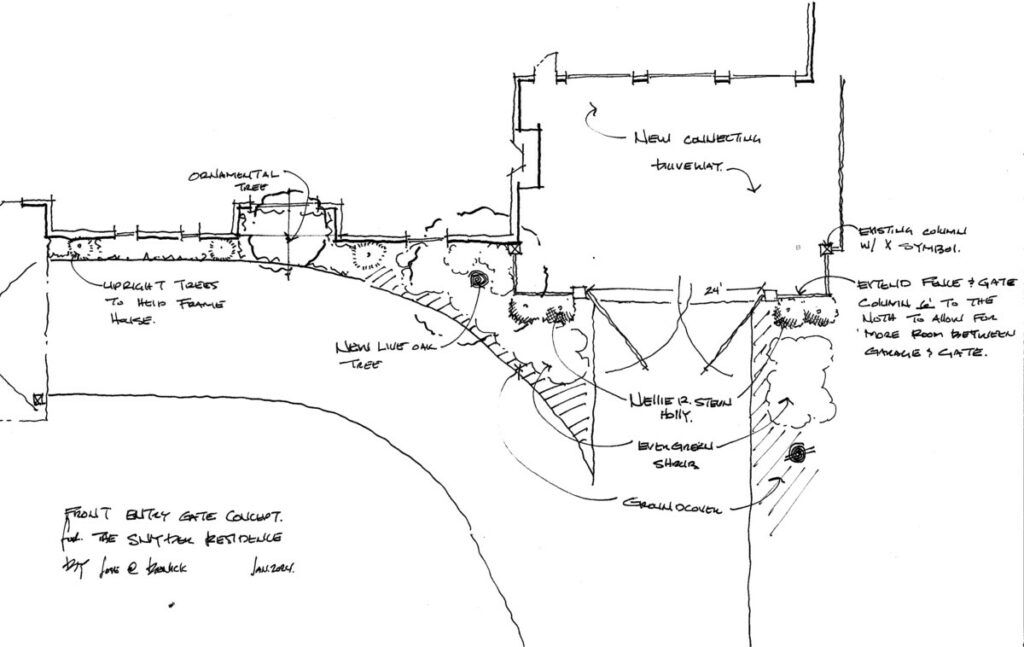
Hand Sketches
 Landscape Designer, Jose Perez always begins his creative process with a loose hand sketch. “The biggest reason why I always start with a loose hand sketch is you can quickly put ideas down on paper and start to get the feel and look of a space with out committing to a certain design. The use of tracing paper is so beneficial because you can layer items into the design by simply cutting the item out and moving them around to see where they will best fit.”
Landscape Designer, Jose Perez always begins his creative process with a loose hand sketch. “The biggest reason why I always start with a loose hand sketch is you can quickly put ideas down on paper and start to get the feel and look of a space with out committing to a certain design. The use of tracing paper is so beneficial because you can layer items into the design by simply cutting the item out and moving them around to see where they will best fit.”
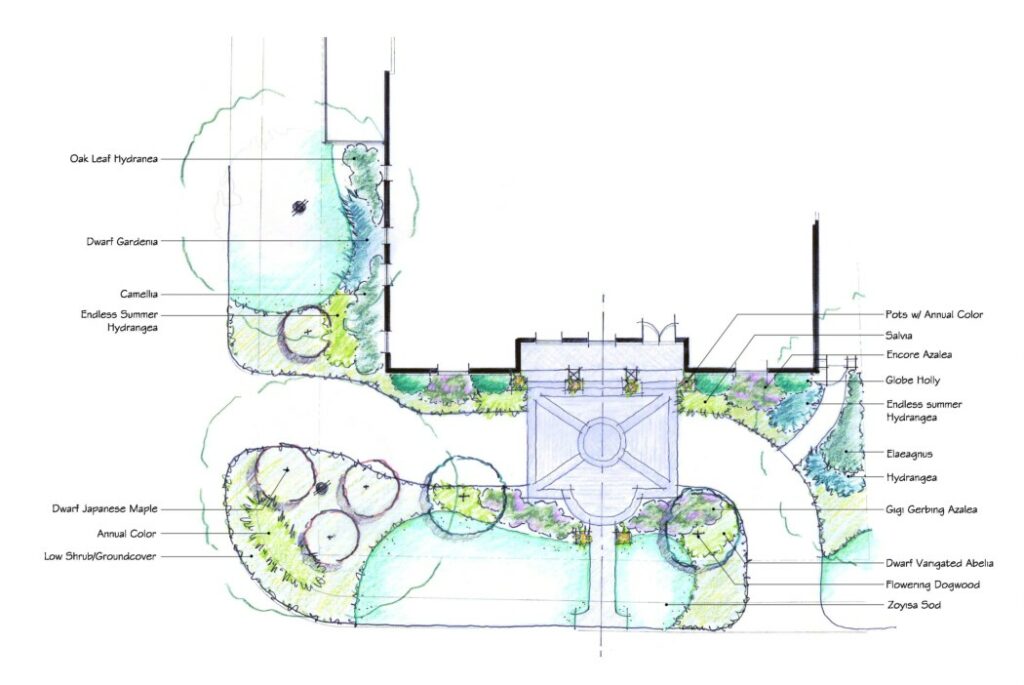
Renderings
Landscape concept plans can be enacted quickly by creating renderings in a software such as AutoCad to draw, erase, and rearrange details easily.
The Master Landscape Plan
Once all of the deliberation is decided and contractual details are agreed upon, our landscape architects and designers get to work on executing the master landscape plan that will form the basis of the entire project. This final rendering is performed to scale, and usually accompanied by reference images, plant photos, and the materials palette so that everyone involved in the process stays on the same page to deliver the design of our client’s desires.
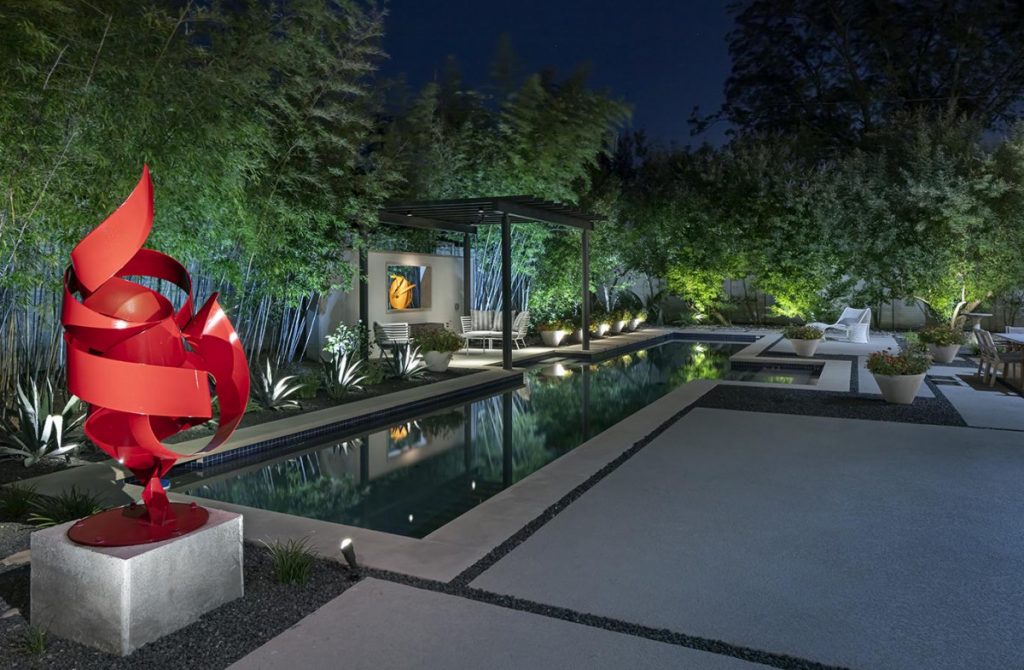
Designing Your Ideal Outdoor Space
Wondering whether we’re the right fit for your landscape design goals? Peruse our portfolio to see the range of possibilities. If you value quality details, materials, and workmanship as we do, and you believe our aesthetics and fiscal goals could make the perfect marriage, then reach out to us to discuss the possibilities for your estate’s future outdoor investment.
For over 40 years, our teams at Bonick have been creating award-winning outdoor spaces with meticulous craftsmanship and impeccable detail. From new builds to renovations, we love working with our clients to develop personal sanctuaries with special touches unique to each of them. Contact us today to create the outdoor space of your dreams.
You Might Also Enjoy:
Linear Perspectives: An Inside Look at Our Landscape Architects & Designers
A Dallas Modern Backyard Renovation
Landscape Design and Maintenance: Boosting Your Home’s Value
